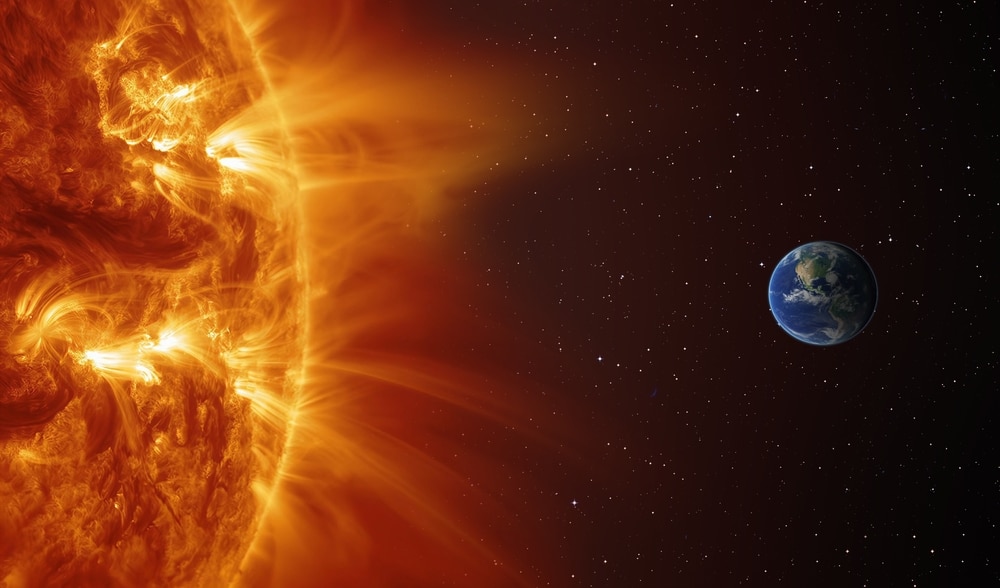The sun is waking up after almost a decade of relative calm, scientists say — and that could cause problems on Earth. As more sunspots appear on the surface of our star during its active period, it may prompt more solar storms, creating bursts of electromagnetic energy that can affect everything from the power grid to GPS signals.
According to Business Insider, These so-called solar maximums occur roughly every 11 years, and they haven’t been much of a problem in the past. Scientists, however, fear that our reliance on electricity and interconnectivity could mean we’re far more vulnerable to their effects this time around.
The sun is a big ball of plasma, heated at its center. The plasma, which is made of charged particles, boils toward the surface, cools down, and sinks back toward the core again.
That motion, called convection, is what creates strong magnetic fields at the poles and smaller, local magnetic fields at the surface of the sun. Every 11 years or so, the sun becomes “convectively unstable,” meaning its magnetic fields become so unstable that the magnetic north and south poles abruptly flip, throwing our star’s polarity out of whack, said Mathew Owens, a professor of space physics at the University of Reading.
That instability causes havoc in the magnetic fields at the surface of the sun, which become much more active. That’s when the solar maximum happens. As the magnetic fields become more confused, bigger sun spots can appear on the surface of the sun. “We’re already seeing a lot more big sunspots,” Owens said in late February.
“There’s a few this last week or so that were visible to the naked eye,” he said, though he cautioned you shouldn’t look straight to the sun which can damage your eyes, and only see these through strong filters. He wasn’t wrong. A huge “hole” the size of 30 Earths, pictured above, was spotted on the sun by NASA’s Solar Dynamics Observatory on Monday.










